Modern Greece: Summer Villa in Corfu Updates Ancient Style with Minimalist Flair
What makes the architectural vernacular of Greece so unique and evocative? All of those curving corners, whitewashed surfaces, and vivid blue floors give its islands a dreamy vibe that’s perfectly offset by the glittering seas around them. Of course, there’s a practical reason for all that white pigment, too: reflecting the harsh sunlight to keep the buildings cool. Nonetheless, its unifying effect and iconic appearance have become so instantly recognizable that many can now tell when a building is located in Greece just by looking at a photo of it.

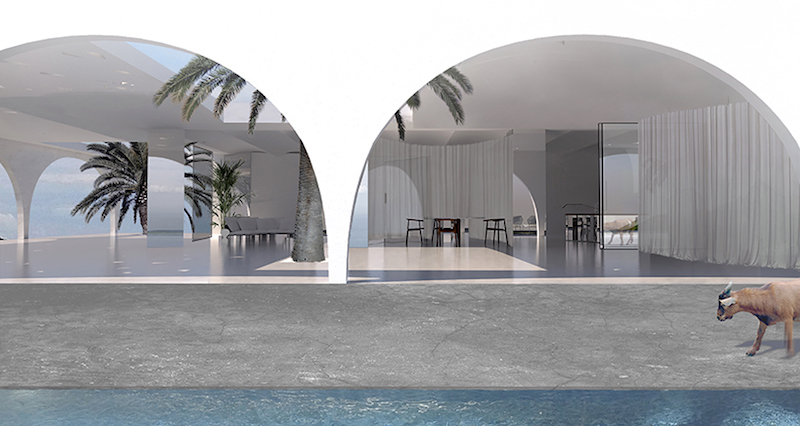
Architecture studio 314’s proposal for a residential renovation in Corfu may be as modern as they come, but it retains that distinctly “Greek” feeling thanks to its traditional color palette and rounded arches. Rising above the treetops of an olive grove at the edge of a cliff, the villa is infused with all the drama we’ve come to expect from the Hellenic Republic.
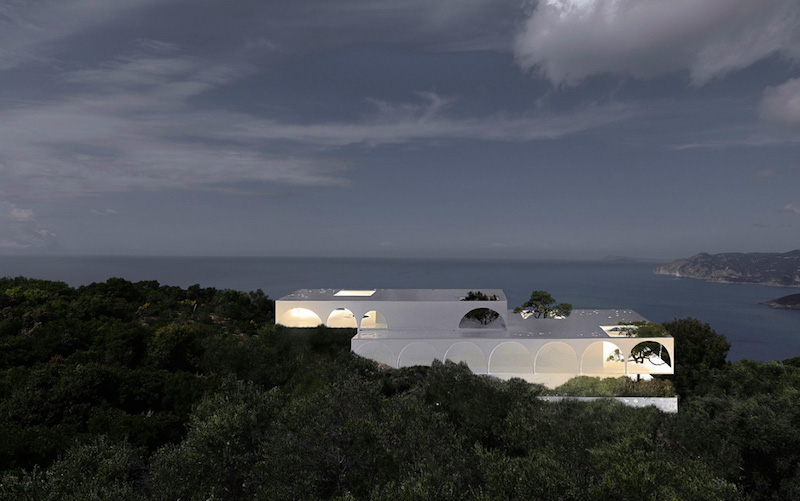
While many cliffside homes are designed to blend into their surrounding environments, seeming more like an extension of the landscape than an artificial construction, 314 went in a bolder direction with this summer residence, which catches the sunlight by day and glows from within by night.
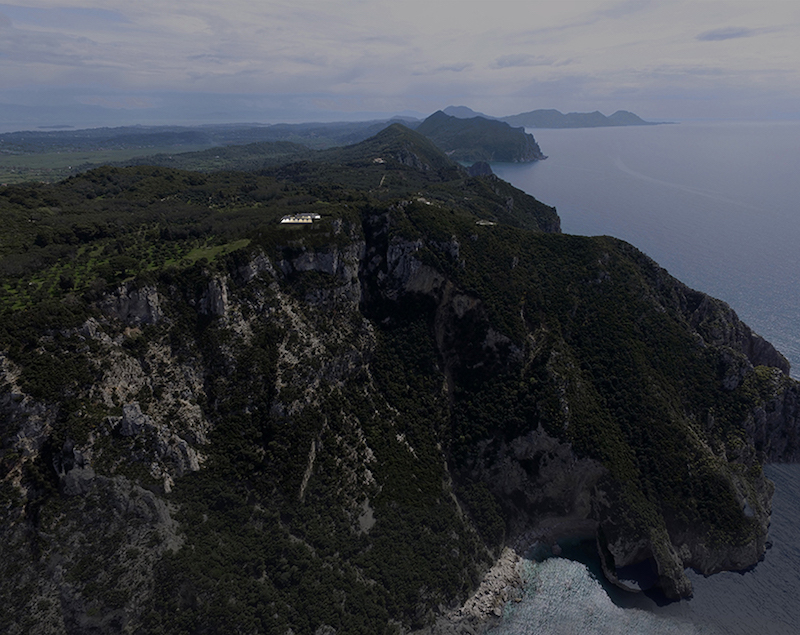
“House in Corfu” takes full advantage of the setting, which offers panoramic views of the Ionio Pelagos. It elevates and offsets its main volumes in a stepped arrangement to create a series of porticos and terraces that look out onto the sea. 314’s design would replace an existing structure in the same location on a 64,500-square-foot plot, the home itself measuring just over 3,200 square feet. The architects aim to stick to the same footprint to avoid disturbing the nature that makes the site so special.
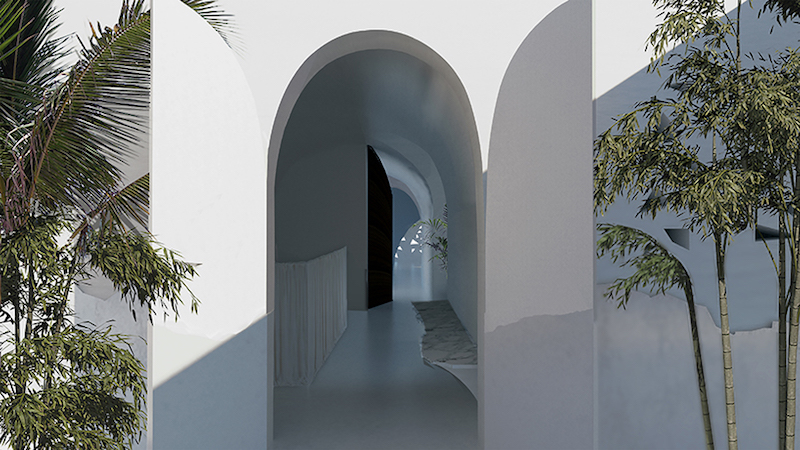
Updating Corfu’s architectural vernacular for the 21st century is the studio’s main concern, and the highlight of their design is undoubtedly its incorporation of repetitive arches, as well as some openings in the roofs that allow full-sized trees to flourish. The flat, wide terraces formed by the home’s layout allow residents to take in extraordinarily clear views of the sky, which have earned the property the nickname of “The Midnight Stars.”
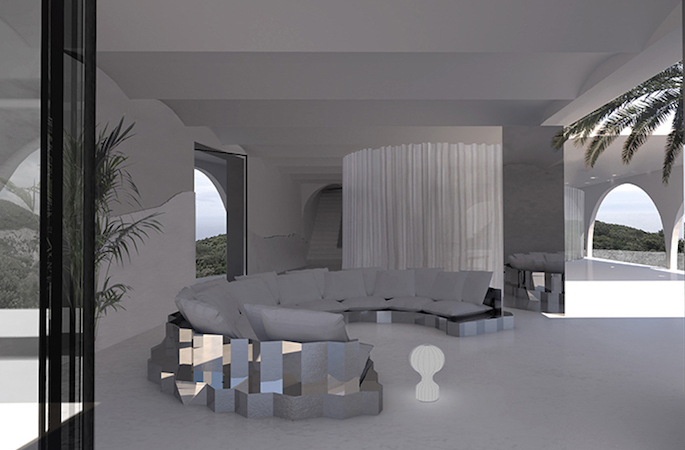
Roughly half of the ground floor is open to the air, providing transitional indoor/outdoor spaces that lead from common areas like the living room and kitchen out to the infinity edge swimming pool. Inside, an abundance of mirrored surfaces adds to the reflective qualities of the house’s white paint and textiles, multiplying the views of the surrounding nature.

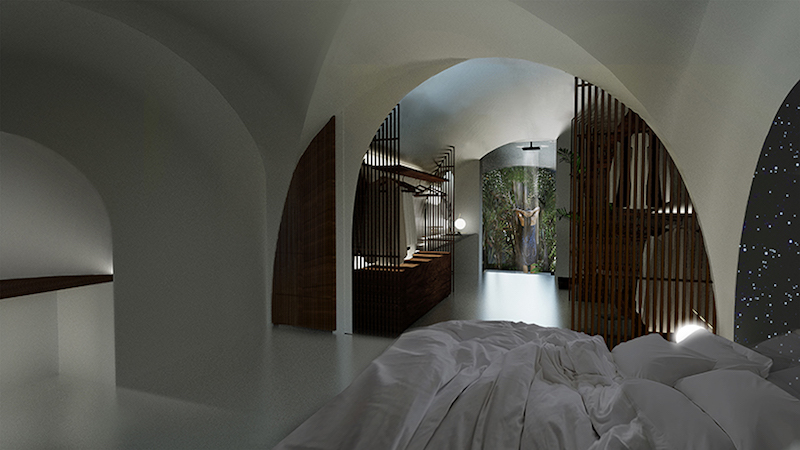
The upper level contains master and guest bedrooms, private areas which feel a little more cloistered and protected than the house’s common ones. The bedrooms enjoy the best views of the sunset every evening. Though it appears to cantilever off the side of the level beneath it, this upper floor is actually set into a grassy hillside, which might explain all of the mountain goats wandering through the renderings.
The architects explain that they used white cement plaster on the floors and walls to mimic the look of ancient stone and that the patio and swimming pool will be made from uncoated concrete. The curving ceilings, also evocative of traditional Greek architecture, come together in “intersections of domes and arches” for a soft and welcoming effect. There are no harsh contrasts or unnecessary details in this design that would detract from the home’s dramatic silhouette.




